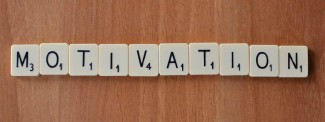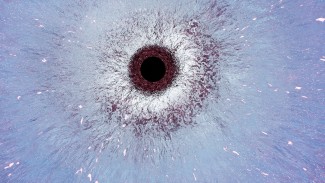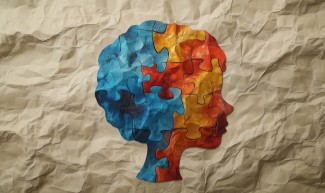It’s all about motivation: sports feats, high-risk professions, even going to the museum. How can we define motivation and which molecules are involved ? Mathias Pessiglione and Sébastien Bouret, co-managers of the « Motivation, Brain and Behavior » team at the Institut du Cerveau - ICM, answer these questions and more.
How can we define motivation?
Motivation is what regulates behavior. We can summarize it as “What am I going to do, with what energy?” In order to study motivation from a scientific point of view, we need to define it using equations. We use decision theory for this, which describes motivation as the difference between the cost of an action and its benefit.
In other terms, the degree of motivation is the difference between what an action brings and what it costs.
Apathy, however, is the opposite of motivation. When an individual is apathetic, he or she has desire for absolutely nothing.
What molecules are involved in motivation?
Our brain produces molecules called neuromodulators, that are directly involved in motivation. They either increase benefit or decrease cost.
The first is dopamine. It is well known because dopaminergic neurons, that produce dopamine, degenerate in Parkinson’s disease which causes motor disorders as well as apathy. Treatment for Parkinson’s disease involves dopamine prodrugs that boost dopamine production with a positive effect on motor symptoms and apathy.
In our equation, dopamine has an impact on benefit. It makes subjects more sensitive to reward, amplifies benefit prospects or activity desirability. Dopamine is involved in what we used to call the « reward pathway ». For example, cocaine increases dopamine release, which in turn generates excitability leading to overmotivated subjects.
Another neurotransmitter is serotonin, well known since antidepressants are serotonin prodrugs. This means that they inhibit serotonin reuptake to make it available in larger quantities. Contrary to dopamine that acts on benefits, serotonin decreases action-related cost. With serotonin, actions appear less costly.
Finally, noradrenaline is the lesser-known neuromodulator. It influences effort, just like serotonin, however few treatments use noradrenaline, none in France. It is used in the United States to treat ADHD, although its underlying mechanisms are unknown. We carried out numerous experiments on noradrenaline. Our results suggest that noradrenaline regulates effort.
When we are faced with a difficult and unpleasant task, be it mentally or physically, noradrenaline helps us face difficulty and muster up the energy needed for action.
How do you consider apathy within patient care?
Using computational models, we are attempting to characterize an individual’s motivational profile. The underlying idea is that we could use these models to identify sub-groups for apathy. For example, using the cost/benefit model, we may be apathetic because we are underestimating benefits, or overestimating costs. Depending on the situation, we will adapt the necessary treatment for patients.
The advantage of our model is that we formalized, in a very precise manner, the mechanisms involved in apathy allowing us to get a quantitative snapshot for each subject. This allows us, in turn, to establish connections between the mechanisms involved in the model and the activity of specific neural networks. We hope this type of model will lead to improved characterization of motivation disorder with tailored treatment for patients.
Very often, apathy is not treated as such, although we see it in many neurological and psychiatric disorders.
There are also situations where therapy hits a dead end, which is the case for schizophrenia. Currently, schizophrenia is treated with antipsychotics, which are actually dopamine antagonists. They are able to treat what are referred to as positive symptoms, such as delusions or hallucinations, however negative symptoms such as apathy or withdrawal are not treated by these drugs and these symptoms may even worsen.







